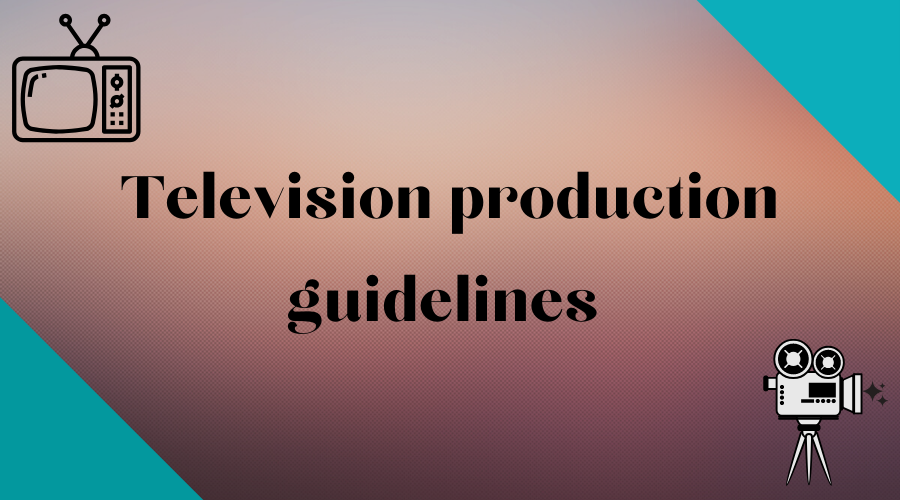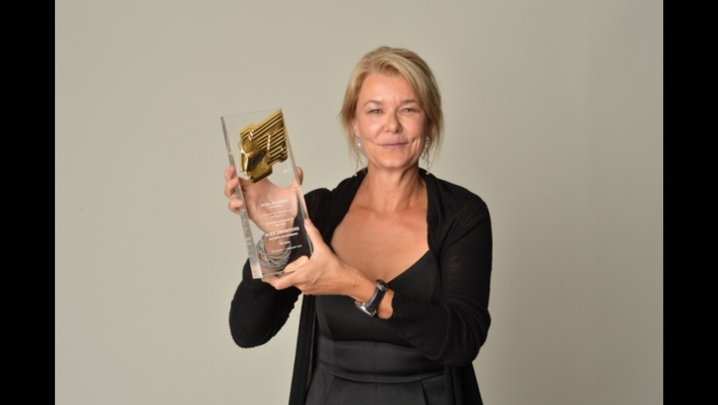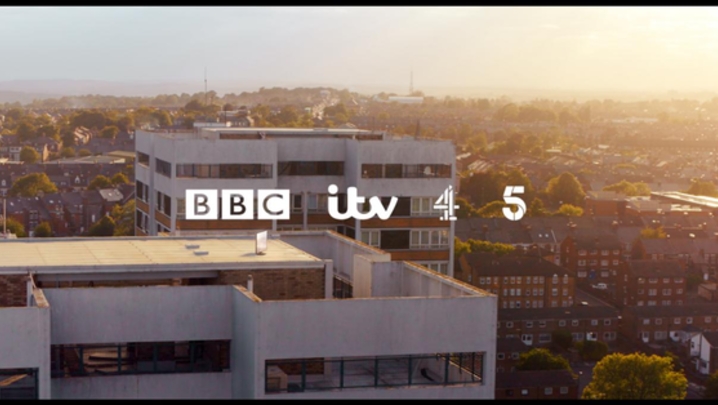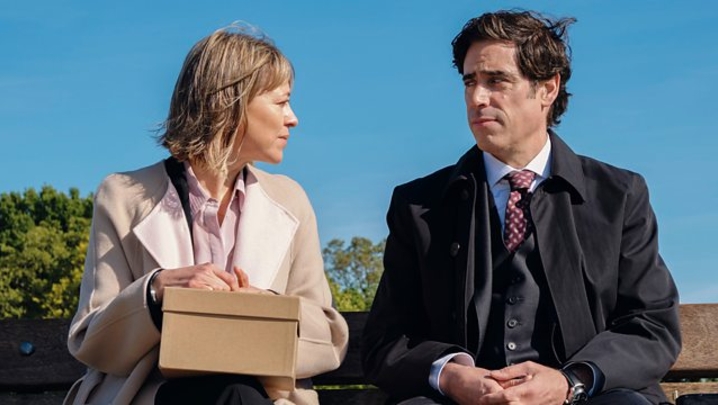Channel 4, ITV, BBC, Sky, Channel 5. STV, ITN, The Association for Commercial Broadcasters and On-Demand Services and Pact have come together to create industry guidelines on the best ways to produce television safely in the upcoming weeks and months.
The guidelines will allow productions to get up and running again, with the emphasis on the safety and well-being of employees.
The guide will be applicable to a broad range and scale of TV programmes of all genres and have been created with the collaboration of industry experts and the external expertise of Dr Paul Litchfield CBE.
Broadcasters have liaised with union representatives and the Health and Safety Executive and worked with First Option safety consultants to the media and entertainment industry.
Over the coming months the guidelines will be adapted as the lockdown is slowly eased and government advice is updated, allowing TV productions to handle the new challenges they will face due to Covid-19.
Producers and commissioning broadcasters must consider six areas when they are planning to produce during Covid-19.
These are:
- Specifically consider people at higher risk of harm
- Heighten precautions for everyone at work
- Reduce the number of people involved
- Consider editorial ‘on camera’ requirements
- Consider mental health and wellbeing
- Feedback loop
The guidance also outlines areas that need to be considered when assessing risk on productions and gives options on how they can be mitigated.
These are:
- Travel: Try to minimise travel and follow social distancing principles within travel arrangements, wherever possible.
- Location: Consider the physical capacity of the space given the requirements of social distancing along with the provision of key hygiene facilities.
- Work Activities: Consider the activities that people are going to need to undertake across roles on production and if these can be adapted or changed to reduce risk.
- Work Equipment: Work equipment is key to TV production from cameras and headsets to edit suites. Good hygiene and managing potential issues with touchpoints should be addressed.
- Work Patterns: Work patterns may enable you to have small groups (cohorts) of people who don’t come into contact with other groups.
- Rest Areas: Rest areas are very important but may need some reconfiguration and planning around breaks to ensure rest areas are as safe as possible.
- First Aid and Emergency services: Emergency services are under great pressure so may not be able to respond as quickly as possible alongside this Coronavirus (Covid-19) poses a potential risk to first aiders.
- Masks, Gloves and Other Personal Protective Equipment: Use of PPE is very much a last resort and should only be considered when all other forms of control have been considered and/or implemented. It would not in general be appropriate to source medical grade PPE. The very limited exceptions to this might be when filming in higher Covid-19 risk settings such as hospitals which would only be at the invitation of the relevant hospital authorities.
- Mental Health: The Covid-19 risk and the response has had a potential Mental Health impact for those working on productions.
Culture Secretary Oliver Dowden commented: "Great British television is keeping us company throughout the crisis, and I'm keen to get cameras rolling as soon as it is safe.
“Our creative industries are Britain's global calling card and this is a significant step forward in getting our favourite shows back into production."









